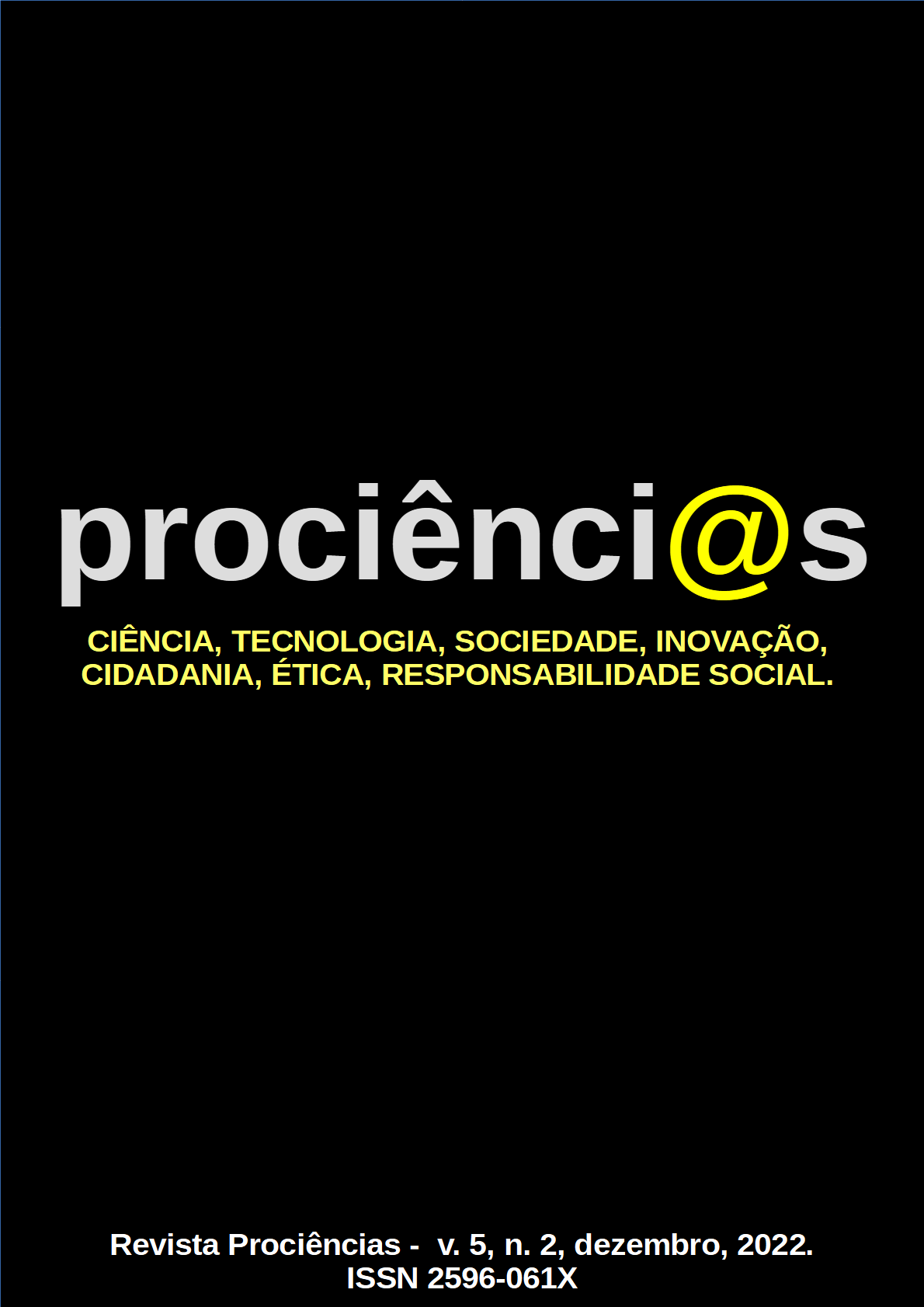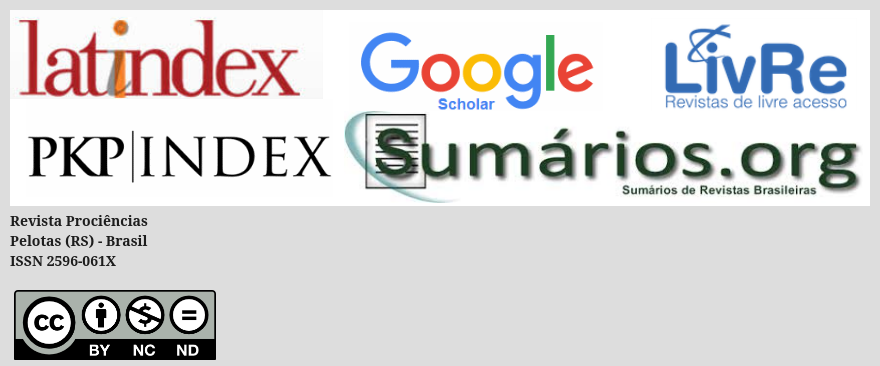APPLICATION OF THE 5W3H METHODOLOGY IN AN AGRICULTURAL COMPANY LOCATED IN PELOTAS-RS
Abstract
The Brazilian agricultural sector is one of the pillars of the national Gross Domestic Product (GDP), being one of the foundations of the economy in times of crisis. One of the reasons for the country to have such an expressive strength in this sector is the strong production chain, which is distributed throughout the country, from the harvest to the internal or external sale, including storage, processing and distribution. This article presents as a theme the challenges faced in a storage company in this sector, which has a high rate of stops caused by rain, which makes the trucks loading process unfeasible. In this study it is proposed to use the 5W3H technique to solve this problem and with a focus on efficiency and control of the operation. The objective of this work is to investigate at which level the 5W3H actions management technique can contribute to the planning and implementation of improvements in the support facilities of a Grain Processing and Storage Unit (GPSU) aimed at loading trucks during a rainy period. The application of the 5W3H proved positive, the time available for loading grains was increased, so that there were no unwanted stops in periods of rain. The use of the "how measure" stage, through ROI, was essential to bring stakeholders closer to the project.
Downloads
References
DEOLINDO, V. Planejamento Estratégico em Comarca do Poder Judiciário. Dissertação (Mestrado Profissionalizante em Poder Judiciário da FGV Direito Rio), Porto Alegre, 2011.
FERREIRA, C.M.; PINHEIRO, B.S.; SOUSA, I.S.F.; MORAES, O.P. Qualidade do arroz no Brasil: evolução e padronização. Santo Antônio de Goiás: Embrapa Arroz e Feijão, p. 61, 2005.
FOOD AND AGRICULTURE ORGANIZATION - FAO. International year of rice. 2004. Disponível em:
FRANZ, L.A.S.; CATEN, C.S.. Processo de implantação de um projeto Seis Sigma em um setor de uma indústria do ramo petroquímico. In: II Congresso Brasileiro de Engenharia de Fabricação, 2003, Uberlandia - MG. II Congresso Brasileiro de Engenharia de Fabricação, 2003a.
FRANZ, L.A.S.; CATEN, C.S.. Uma discussão quanto à relação entre os métodos DMAIC e PDCA. In: III Semana de Engenharia de Produção e Transportes, 2003, Porto Alegre. III Semana de Engenharia de Produção e Transportes, 2003b.
GROSBELLI, A.C. Proposta de melhoria contínua em um almoxarifado utilizando a ferramenta 5W2H. 2014. 52 f. Trabalho de Conclusão de Curso (Graduação) – Universidade Tecnológica Federal do Paraná, Medianeira, 2014.
KOTLER, P.; KELLER, K.L. Administração de marketing. 12. ed. São Paulo: Pearson Prentice Hall, 2006.
MÖHLER, B.C. Avaliação das características de secagem dos grãos de soja. Trabalho de Conclusão de Curso do curso de Trabalho de Curso Engenharia de Alimentos. Instituto Federal Goiano – Campus Rio Verde, 2010.
PRIMEL, E.G.; ZANELLA, R.; KURZ, M.H.S.; GONÇALVES, F.F.; MACHADO, S.O.; MARCHEZAN, E. Poluição das águas por herbicidas utilizados no cultivo do arroz irrigado na região central do estado do Rio Grande do Sul, Brasil: predição teórica e monitoramento. Revista Química Nova, v.28, n.4, p.605-609, ago/2005.
ROSSATO, F.; BOLIGON, J.A.R.; MEDEIROS, F.S.B. Estratégias para a implantação do programa 5S em uma cooperativa. Latin American Journal of Business Management, v.7, n.2, 2016.
SILVA, G.G.M.P. Implantando a manufatura enxuta: um método estruturado. Florianópolis: UFSC 2009. 157 p. Dissertação (Mestrado) - Programa de Pós-Graduação em Engenharia de Produção, Universidade Federal de Santa Catarina, Florianópolis, 2009.
SILVA, L.C. Secagem de Grãos. UFES – Universidade Federal do Espírito Santo. Espirito Santo, p. 9. 2005.
WALTER, M.; MARCHEZAN, E.; AVILA, L.A. Arroz: composição e características nutricionais. Ciência Rural, v.38, n.4, 2008.


